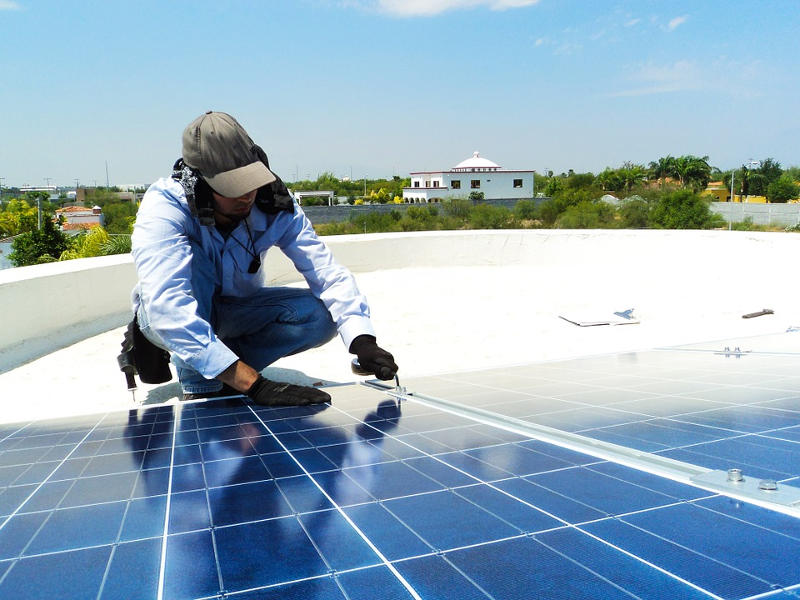How Long Do Solar Panels Last?
The solar panel lifespan is 20-30 years, according to the Solar Energy Industries Association. Which means that solar panels installed in the 1980’s and 90’s could still be in use today. Several factors affect the life expectancy of solar panels, including climate, maintenance, the type of solar panel, and the way it was installed. While the average lifetime of solar panels is around 25 years, it doesn’t mean they’ll stop producing electricity at that point; it just means that the amount of energy they produce will begin to decrease. The rate at which solar panels lose efficiency is referred to as the degradation rate, and has been found to occur at an average rate of about 0.5% each year. Although this rate could be higher for rooftop systems in hotter climates.
Regular maintenance is key to extending your solar panel’s lifespan. They should also be regularly inspected and cleaned, keeping the solar panels clean of things like debris and bird droppings. Having a buildup of dirt and debris on the panels will block sun rays and lead to less energy being produced. Birds can lessen the average life of solar panels, as their droppings can cause chemical damage to the panels. They also like to nest underneath the panels, which can restrict air flow and cause them to overheat and get damaged. If there is a large bird population in your area, you may benefit from adding a bird barrier to the underside of your solar panels.

Now that you know how long solar panels last, does the initial investment seem worth it? With the amount of money you can save and the amount of energy you can access from a sustainable source, we certainly think it is!